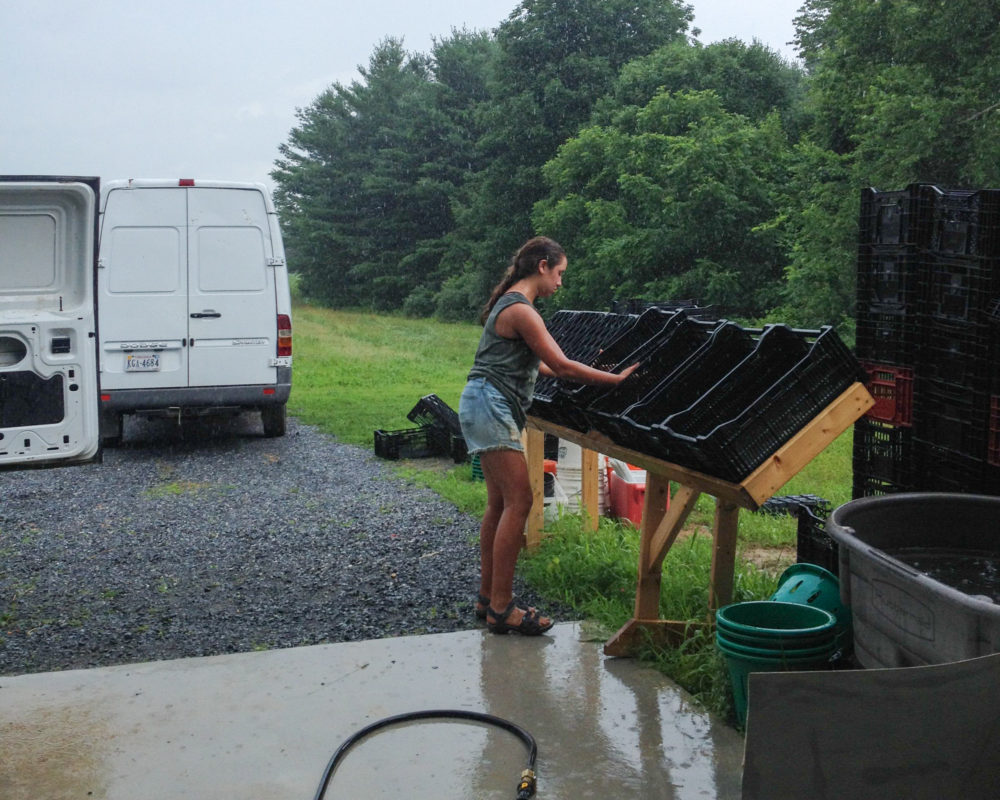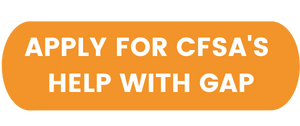by Chloe Johnson, CFSA Local Produce Safety Manager | Wednesday, Feb. 16, 2022 –
 The beginning of the calendar year is the best time to prepare for your GAP audit, even if you don’t get audited until the fall. Below we go through some of the initial annual steps you need to take for a successful and stress-free audit.
The beginning of the calendar year is the best time to prepare for your GAP audit, even if you don’t get audited until the fall. Below we go through some of the initial annual steps you need to take for a successful and stress-free audit.
First, get on the auditor’s calendar! Do this as early as possible, as auditor’s calendars fill up by mid-spring. You can move your audit date as needed as you get closer to it. Go to the USDA’s website to find Form SC-237A. Fill it out and return it to Dana Odom (Dana.Odom@ncagr.gov) in North Carolina and directly to the Fresh Fruit and Vegetable Inspections and Auditing Program (fv@scda.sc.gov) if you are in South Carolina.
How to Choose an Audit Date
The auditor will review your employees’ practices as they harvest. Therefore, you need to schedule your audit on a regular harvest day and prepare your employees to be observed.
If you only need a single crop on your GAP certificate, then schedule the audit for the second or third day of harvest for that crop so that you and your employees can have your harvest and handling practices down before the auditor is there to watch.
If you want multiple crops on your GAP certificate, you need to schedule your audit when you have several crops harvest-ready.
How to Choose Which Crops Get Audited
Note that an auditor only needs to see harvest and handling for one crop of a group grown, harvested, and handled similarly. For example, if you grow kale, collards, and spinach but harvest and package them in the same manner, then you will only have to harvest one of these leafy green crops for your auditor. The same goes for root crops or vine crops.
At the outset of your audit, you will determine with the auditor what they need to see to certify you on the widest variety of produce. This decision will depend on what you are harvesting that day, what is available (but not harvest-ready), and your harvesting and handling techniques.
Prepping Your Staff
Training is the next big topic to tackle. Schedule yourself or your food safety manager for updated training on food safety as early on in the year as possible. Auditors want to see supervisors get formal training every two years. Food safety rules and knowledge change often, so keeping your training updated is essential. Here are CFSA’s upcoming food safety trainings. You can also check NC Fresh Produce Safety’s website for upcoming Produce Safety Alliance (PSA) trainings in North Carolina and SCDA’s website for PSA trainings in South Carolina.
Once the food safety manager has sufficient training, they need to train ALL employees, whether new or returning. This training should cover health and hygiene, harvest practices, sanitation, and proper handling. Anyone who works in the field: contractors, family members, or volunteers–must participate in food safety training before beginning work.
Assessing Your On-Farm Risks
Next, you should do your Annual Risk Assessments. CFSA has developed a comprehensive risk analysis tool with prompts for typical farm-based risks. This tool will help you pinpoint your farm’s most significant food safety risks and set you up for creating or updating your Food Safety Plan.
If you were last audited before May 1, 2021, then you might not have yet incorporated the updated USDA Harmonized GAP rules into your Food Safety Plan. Last year, we developed this resource as a guide to the USDA Harmonized GAP Standard changes. If these apply to you, be sure to familiarize yourself with the new rules and add the necessary information into your Food Safety Plan.
Test Your Water
Another essential and relatively easy item to tick off the to-do list at the beginning of the year is to test your water source.
If you are on municipal water, this only requires you to get a copy of the water test from your county showing that there are no generic E. coli in the water. You can usually download these test results from the county’s website.
If you use a well, you only need a single annual well water test.
However, if you have an irrigation pond or other surface water, you will need to test that water source three times over the course of the year. Best to go ahead and get the first test, and plan when you will take the second and third tests as your season progresses.
Returning Farms: Keep Your Records Up to Date!
If you have been GAP certified previously, it is crucial to ensure all your recordkeeping is up to date. You are responsible for keeping records for your entire growing season, and auditors will check that you continued keeping records after last season’s audit.
“Auditors want to see supervisors get formal training every two years. Food safety rules and knowledge change often, so keeping your training updated is essential.”
We’ve noticed auditors paying more attention to the documentation regarding annual reviews of Food Safety Plans. Keep a clear record of when you review your plan and, if you need to make updates, be clear which version of an SOP you are using.
Get Financial Help
In North Carolina, the GAP cost-share program is usually announced at the end of February or, at the latest, early March. Keep your eye on NCDA’s Cooperative Grading Service website for this year’s announcement. You are eligible for cost-share assistance in your first year of certification for up to $900 in North Carolina and $750 in South Carolina. In your second year of certification, you can receive $300 in assistance from either state.
You can retrieve South Carolina’s application here, and you can apply at any time (no need to wait for an announcement in the spring).
Further Resources
There are quite a few more steps involved in getting GAP certified, but if you take care of all of the steps mentioned above early in the year, you will be well-prepared for a successful audit season.
Please take advantage of the Master Checklist of GAP Certification Readiness that our team developed and apply here for GAP certification consultation. Our food safety team has guided hundreds of farms through the USDA GAP process, and we would be happy to answer your questions!



